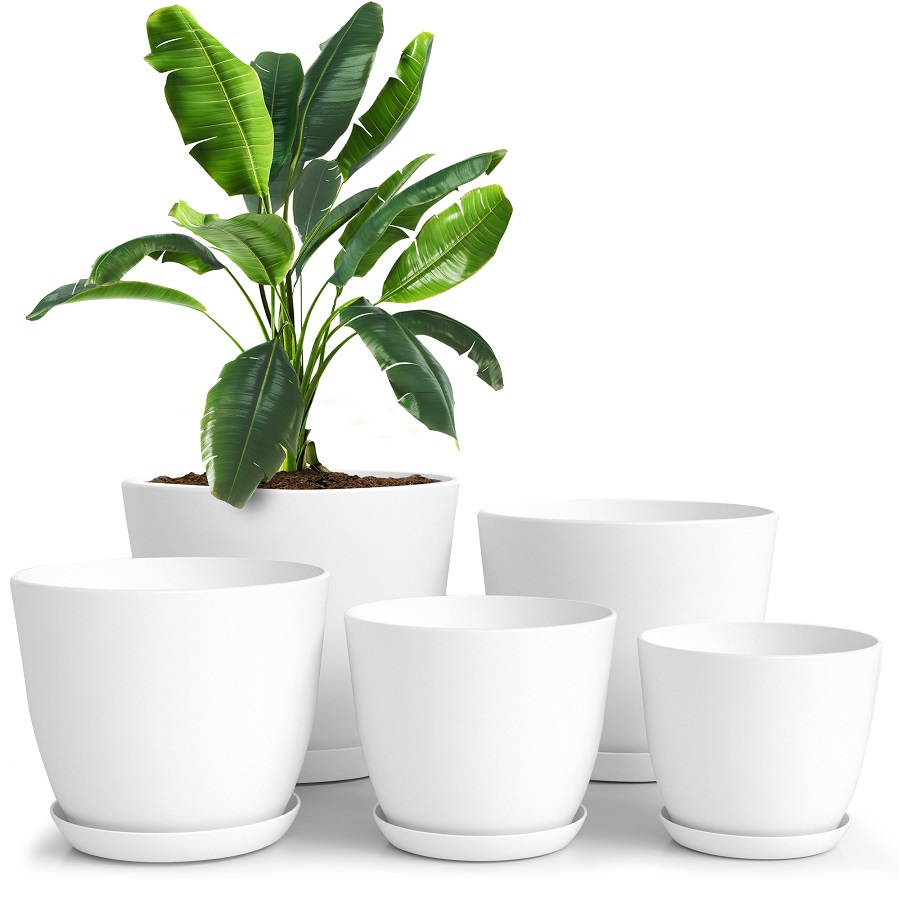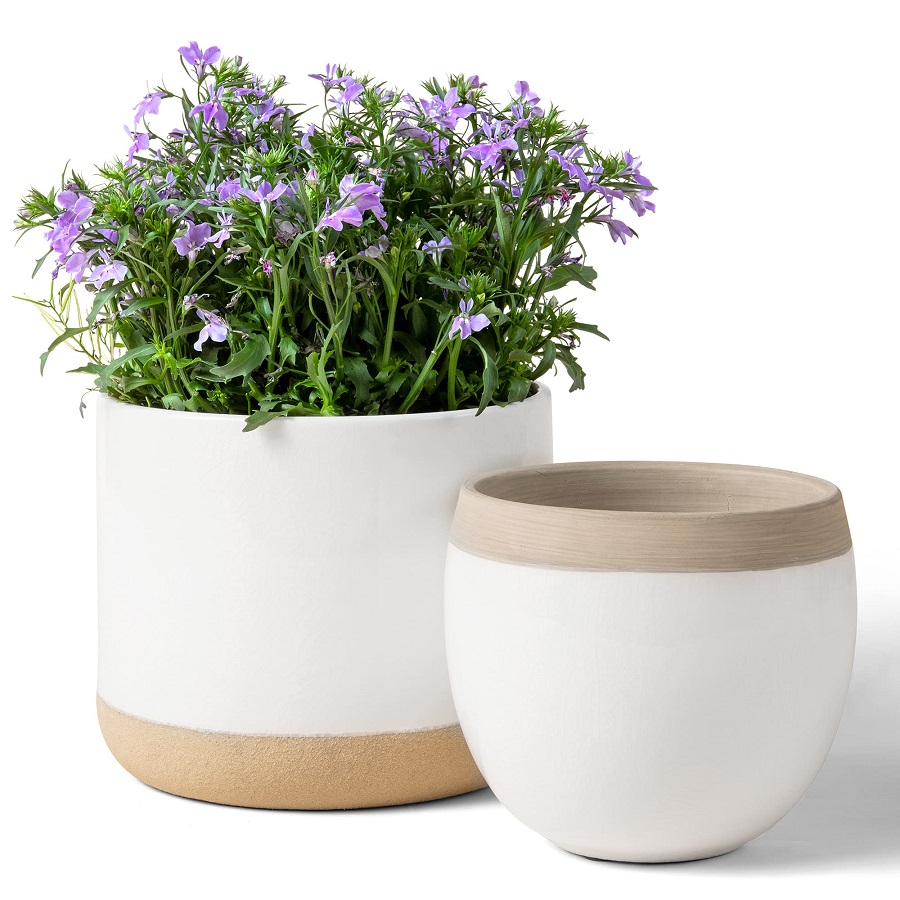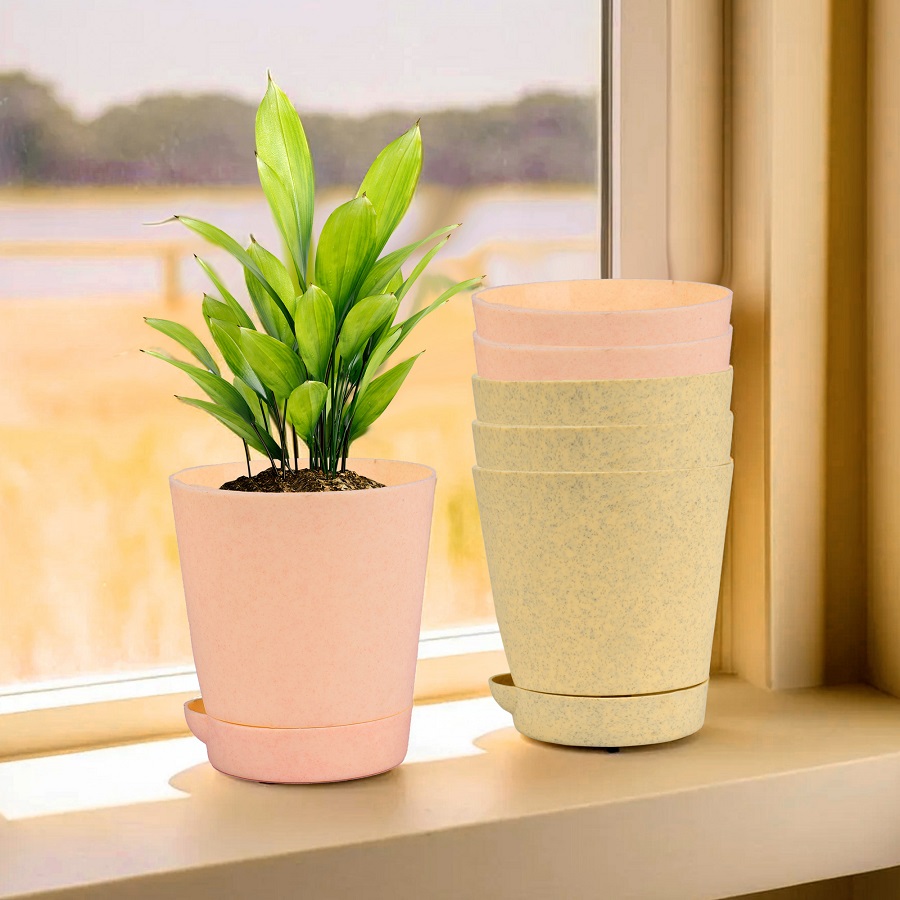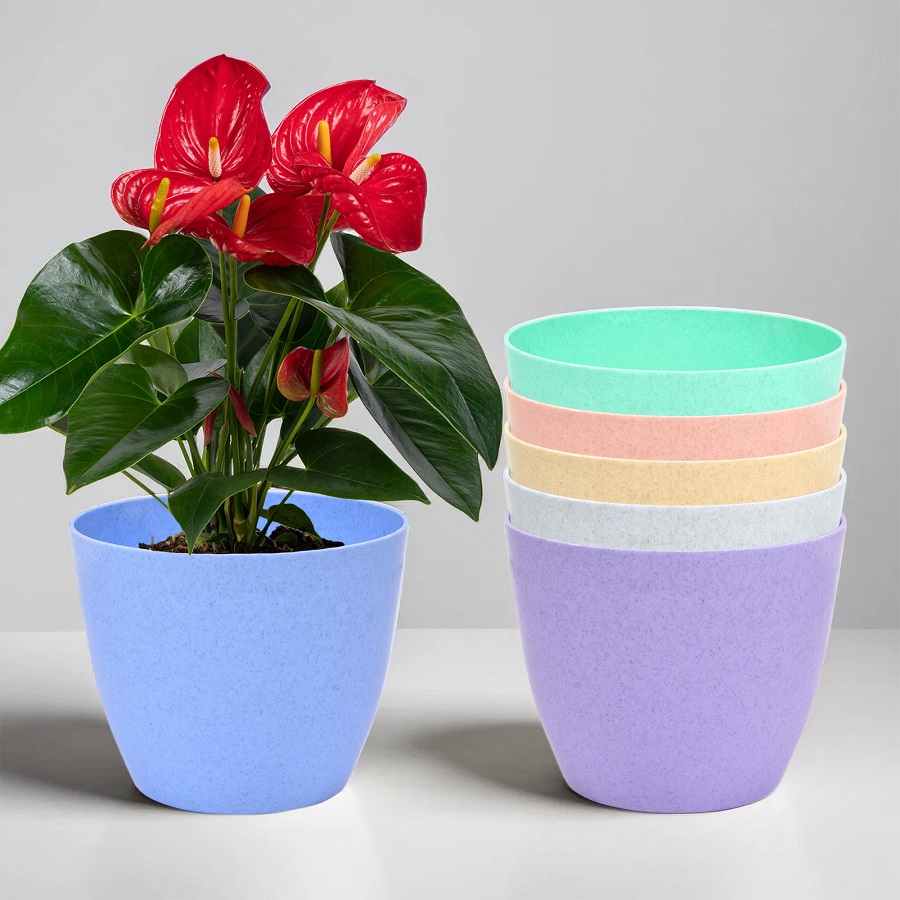Gardening can be a delightful and fulfilling hobby, but it often comes with its fair share of challenges. One common issue gardeners face is animals raiding their flower pots. Whether it’s neighborhood cats, squirrels, or larger pests, these animals can wreak havoc on your carefully cultivated plants. Here, we’ll explore effective strategies to keep animals out of your flower pots, ensuring your garden flourishes without unwanted interference.
Understanding the Problem: Why Animals Target Flower Pots
Common Culprits in the Garden
Animals are often drawn to flower pots for a variety of reasons. Understanding why they target your plants can help you develop effective deterrents. Common culprits include cats, which may dig in the soil as a litter box, and squirrels, which might see your flowers as a potential food source. Birds are also attracted to flower pots, especially if there are seeds or bulbs present. Recognizing the specific animals invading your garden allows you to tailor your approach effectively.
The Impact of Animal Activity on Your Plants
When animals invade your flower pots, the damage can range from mild disturbances to complete destruction of your plants. Digging can uproot delicate seedlings, while nibbling can kill young shoots or flowers. Additionally, animal waste can introduce harmful bacteria into your soil, potentially harming existing plants. Understanding the consequences of animal activity emphasizes the need for effective strategies to deter them.

Physical Barriers: A First Line of Defense
Fencing Around Flower Beds
One of the most straightforward ways to keep animals out of your flower pots is to install a fence around your garden or individual pots. Fencing creates a physical barrier that many animals, especially larger ones, find difficult to breach. A fence should be at least 3-4 feet high to deter jumping animals like rabbits and should extend underground to prevent digging.
Using Plant Covers
Plant covers, such as row covers or mesh, can protect your flower pots from small animals. These lightweight fabrics allow sunlight and moisture to reach your plants while keeping pests at bay. Additionally, using covers can prevent birds from pecking at seeds or seedlings. Just ensure that the covers are securely anchored to avoid being blown away by the wind.
Utilizing Natural Deterrents
Scents That Repel Animals
Many animals are sensitive to certain scents, which can be used to deter them from your flower pots. Scents such as vinegar, citrus, or even cayenne pepper can be sprayed or sprinkled around your pots. The strong smells are unpleasant to animals, encouraging them to look for more appealing areas to explore. Additionally, you can plant herbs like mint or rosemary nearby, as their fragrances can help repel unwanted visitors.
Incorporating Predator Urine
For those willing to take a more unconventional approach, using predator urine can be an effective deterrent. Commercially available predator urine, like that from foxes or coyotes, can signal to smaller animals that a threat is nearby. Spraying this urine around your flower pots can discourage animals from approaching, but be sure to reapply after rain.
Creating Uncomfortable Environments
Using Sharp Objects
Another strategy to keep animals away from your flower pots is to create an uncomfortable environment for them. One way to do this is by placing sharp objects, such as pine cones, thorny branches, or decorative stones, around your pots. These obstacles can deter digging and make it less appealing for animals to settle in your flower beds.
Water Sprays as Deterrents
Motion-activated water sprays can also be a useful tool in keeping animals at bay. These devices detect movement and release a burst of water to startle intruders. Many animals dislike getting wet, making them less likely to return. While this solution can be effective, ensure that the area around your pots is not excessively wet, as this could harm your plants.
Employing Visual Deterrents
Reflective Objects
Animals can be easily frightened by shiny or reflective objects. Hanging items such as aluminum foil strips, reflective tape, or old CDs around your flower pots can create a visual deterrent. The movement and light reflection will catch the attention of animals and discourage them from approaching. This method is particularly effective for birds and some small mammals.
Using Decoys
Another visual deterrent strategy involves using decoys to simulate predators. Placing fake owls, snakes, or other predatory animals in your garden can help create a sense of danger for smaller animals. While some may adapt to the presence of decoys over time, regularly moving them can maintain their effectiveness.

Selecting Animal-Resistant Plants
Understanding Animal Preferences
One of the most effective long-term strategies for keeping animals out of your flower pots is selecting plants that are less appealing to them. Many animals have specific preferences for certain types of plants, often gravitating toward tender shoots and flowers. Researching which plants are typically ignored by local wildlife can inform your gardening choices.
Recommended Animal-Resistant Plants
Some plants naturally deter animals due to their taste, smell, or texture. For example, herbs like lavender, rosemary, and sage are often left untouched by deer and rabbits. Similarly, ornamental plants like marigolds and geraniums can act as natural repellents. By incorporating these varieties into your flower pots, you can reduce the likelihood of animal interference.
Behavioral Changes: Training Animals
Creating Positive Associations
For pet owners, training pets to respect garden boundaries can be an effective way to protect flower pots. Rewarding your pets for staying away from specific areas of the garden can create positive associations with avoiding your plants. Consistency in training will help establish these boundaries over time.
Using Negative Reinforcement
While positive reinforcement is beneficial, negative reinforcement can also play a role in training animals. This might involve using sound deterrents, such as ultrasonic devices that emit noises only audible to animals. These sounds can deter pets and wildlife from approaching your garden without causing any harm.

Community Involvement: Collaborative Solutions
Engaging Neighbors
Involving your neighbors in a community approach to keep animals out of flower pots can yield better results. If everyone in your area adopts similar strategies, it becomes less appealing for animals to roam freely. Share tips and techniques, and consider organizing a neighborhood gardening group focused on animal deterrence.
Local Wildlife Management
If animal invasions become a persistent issue, consider reaching out to local wildlife management organizations. These groups can provide additional resources, advice, and potential solutions tailored to your specific area. They can also offer guidance on safely relocating problematic animals, should that be necessary.
Seasonal Adjustments for Effective Deterrence
Adapting Strategies by Season
Different seasons bring varying challenges when it comes to keeping animals out of your flower pots. In the spring, for example, young shoots may be particularly enticing, while fall may see animals searching for food as winter approaches. Adjusting your deterrent strategies according to the season can help maintain a successful garden year-round.
Preparing for Winter
In winter, many animals search for food, leading them to gardens. Covering your flower pots with protective materials, like burlap or frost cloth, can prevent animals from digging through the soil. Additionally, consider using raised flower pots, which can be harder for animals to access during the colder months.
Conclusion: Building a Resilient Garden
Keeping animals out of your flower pots is an ongoing process that requires a combination of strategies. By understanding the behaviors of local wildlife, implementing physical barriers, and using natural deterrents, you can create an environment that allows your plants to thrive. Ultimately, patience and creativity are key in building a resilient garden that can withstand animal interference while providing you with beautiful blooms. As you adopt these effective strategies, you’ll cultivate not only a thriving garden but also a deeper appreciation for the delicate balance between nature and your gardening endeavors.
